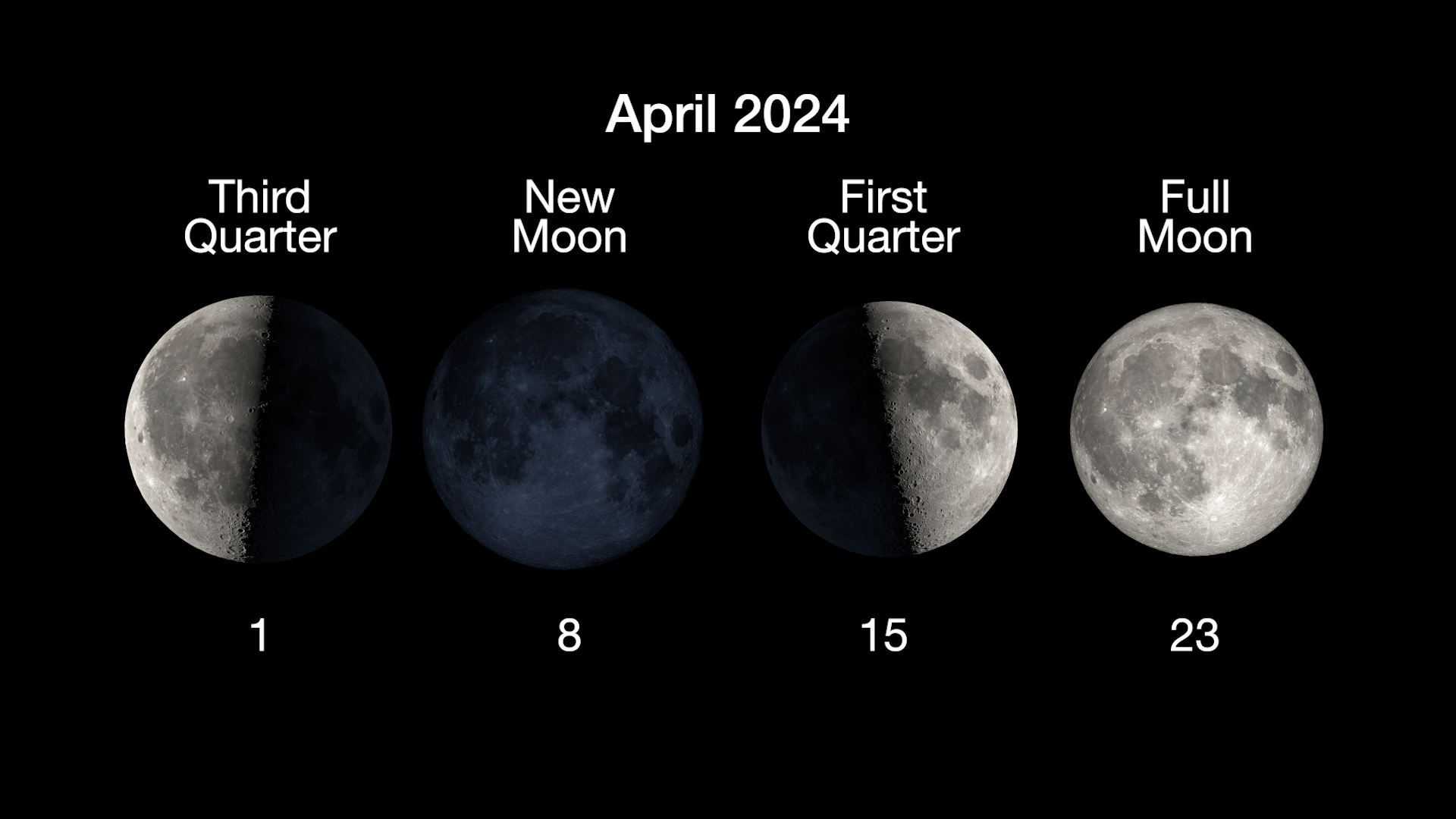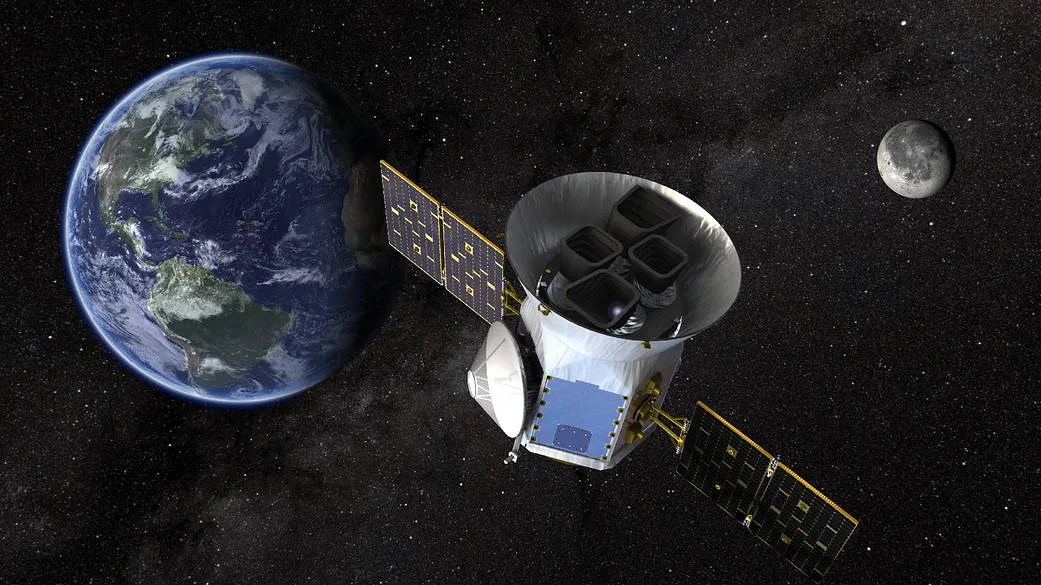4 min read
Cassini Significant Event Report
For Week Ending 06/06/03
The most recent spacecraft telemetry was acquired from the Goldstone tracking station on Monday, June 2. The Cassini spacecraft is in an excellent state of health and is operating normally. Information on the spacecraft's position and speed can be viewed on the "Present Position" web page.
On-board activities this week included Radio and Plasma Wave Science High Frequency Receiver calibrations, powering on of the Radio Science Subsystem Ka-band Exciter and Ka-band Traveling Wave Tube Amplifier, and uplink of files to load the Composite InfraRed Spectrometer Instrument Expanded Blocks (IEB) to the Solid State Recorders (SSR). Uplink of the file was successful to the prime string, but failed on the on-line string. Currently the prime SSR, SSR-B, contains the proper IEBs and the on-line doesn't. Investigations continue as to why this happened by uploading a group of memory readout commands to obtain information from the CDS sequencing region and statistics.
A preliminary sequence Sequence Change Request (SCR) approval meeting was held as part of the development process for C38. It has been determined that final uplink products will not be necessary. C38 will be uplinked Wednesday June 11th.
The second and final input port for the C39 Science Planning Team (SPT) process occurred this week. The products were merged and delivered to ACS for the end-to-end pointing validation process. The C39 SPT process will be completed on June 13, 2003.
System Engineering (SE) hosted the first Science and Sequence Update Process (SSUP) Verification and Validation (V&V) status meeting. Items reviewed from this past week's activities include SSUP kick-off, stripped subsequence delivery with a focus on who is using the files, how, and does it meet their needs, SCR guidelines/uplink forms system, and the sequence phase list of ancillary files. In addition, SE delivered to V&V the new configuration file management process for use during the SSUP VNV, and the deadline has passed for submission of SCRs for S14 V&V.
The Navigation Team completed the processing of the optical navigation images which were taken during the flight software checkout in C36. The final result was an orbit solution which incorporated both radiometric and optical data. This has validated the end to end processing of optical navigation data from spacecraft execution through to orbit solution. Another test is planned for the C39 sequence, which will use the final release of the multimission image processing software.
Delivery coordination meetings were held this week for the ALF tool version 9, and the command database version 9F. This version will be available with Mission Sequence Subsystem D9.1 to be delivered in July 2003.
Uplink Operations has begun the process of defining the contents of Cassini Information Management System (CIMS) 3.0. While several areas of functionality were already identified, the detailed requirements are now being negotiated with users. The Sequence Team leads have begun training in the use of CIMS.
The Imaging Science Subsystem telemetry processor used for making Level 1A products has been updated to handle the circumstance where very poor on-board data compression could lead the ground program to crash.
Additional information about Cassini-Huygens is online at http://saturn.jpl.nasa.gov.
Cassini will begin orbiting Saturn on July 1, 2004, and release its piggybacked Huygens probe about six months later for descent through the thick atmosphere of the moon Titan. Cassini-Huygens is a cooperative mission of NASA, the European Space Agency and the Italian Space Agency. JPL, a division of the California Institute of Technology in Pasadena, manages the mission for NASA's Office of Space Science, Washington, D.C.
Media Relations Office
Jet Propulsion Laboratory
California Institute of
Technology
National Aeronautics and Space
Administration
Pasadena, Calif. 91109.
Telephone (818) 354-5011







